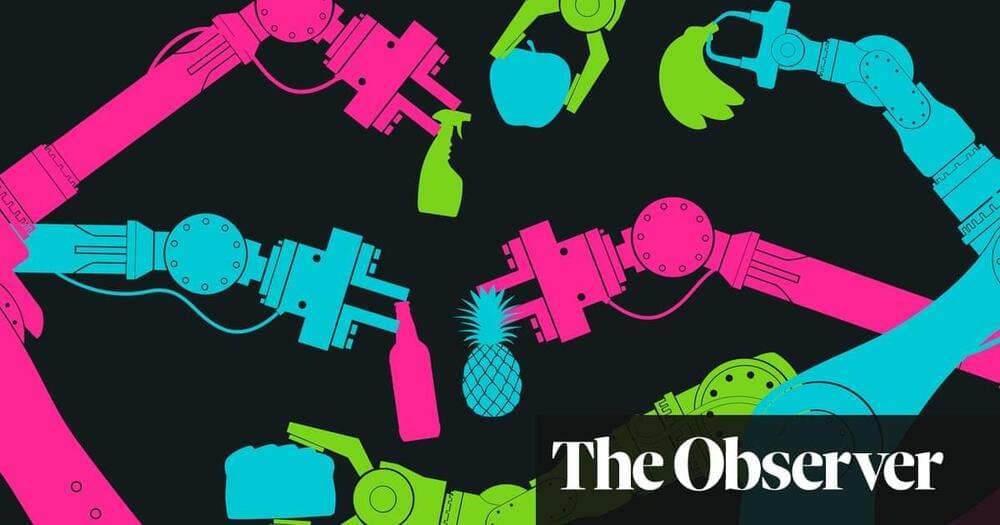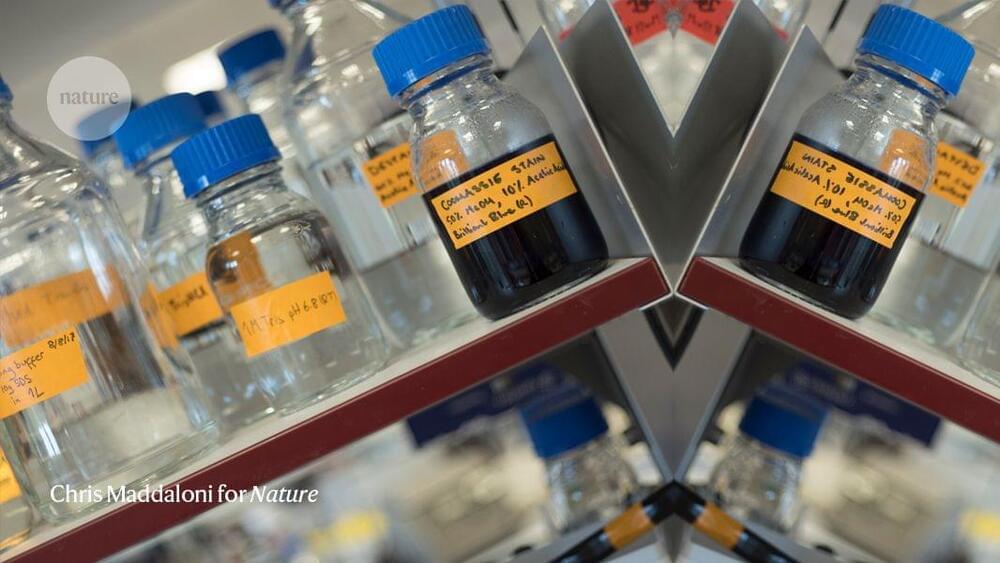“Move fast and break things” doesn’t exactly translate into Mandarin.
Sign-up for Acorns! 👉 https://acorns.com/ee?s2=SV3 (upon registration, Acorns will deposit $5 in your account to help you get started with investing!)
Silicon Valley: History’s Greatest ‘Ponzi Scheme’ (Mini-Documentary) by Jake Tran.
➡️ https://youtu.be/zU5JsP6pUpc.
How to Invest In Chinese Stock Markets (And Why You Absolutely Should Not!)
➡️ https://youtu.be/Qsrt6Hultj8
Enjoyed the video? Comment below! 💬
⭑ Subscribe to Economics Explained 👉 https://bit.ly/sub2ee.
⭑ Enjoyed? Hit the like button! 👍
Q&A Streams on EEII (2nd channel) → https://www.youtube.com/channel/UCOTgNyfQG4vVP5sCXrJaS4g.
✉️ Business Enquiries → [email protected].





